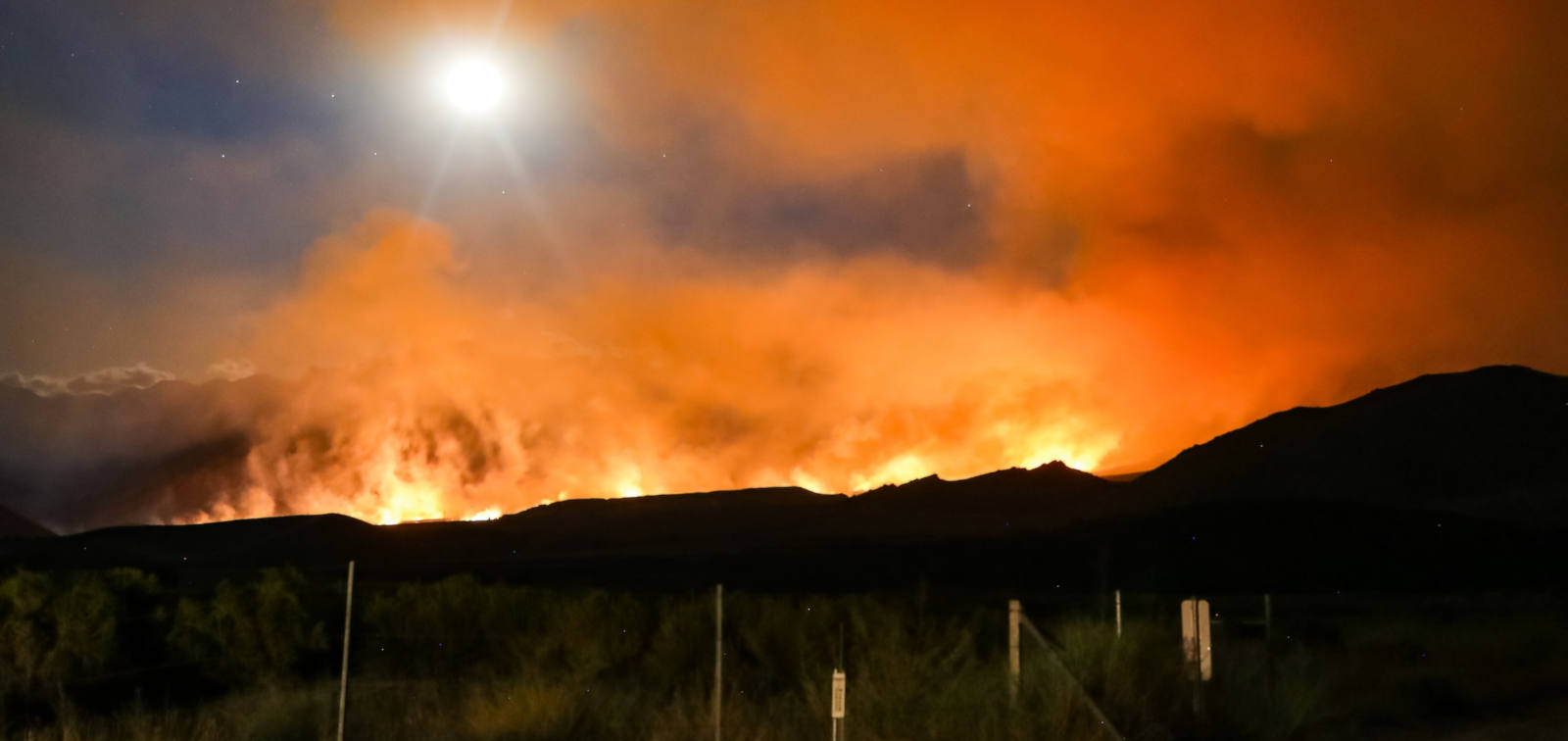A Study by the University of Murcia and ISGlobal Points to Human-Caused Climate Change as Responsible for the Increase in Fire Burned Area in California
The Golden State is the hot spot where the study has been carried out, a place punished by anthropogenic climate change and the uncontrollable increase in forest fires
13.06.2023
A recent study led by physicist Marco Turco, from the University of Murcia, in collaboration with Ivana Cvijanovic, from ISGlobal, a center supported by Fundación la Caixa, has found evidence that man-made climate change is like kerosene for forests of an increasingly arid and dry region. Every summer for almost 30 years, records have continued to be broken, increasing up to five times the forest burnt areas in the centre and north of the state compared to previous records that go back to 1971. The article has had the participation of other experts from the University of California, the University of Cantabria and the Lawrence Livermore National Laboratory.
The study, published in the PNAS journal, attributes the increase in area burned by California forest wildfires to climate change. By comparing two sets of climate simulations, one containing only natural forcing and other accounting for both natural and anthropogenic forcing (e.g., greenhouse gas emissions, aerosols, etc.) they found that almost all of the observed increase in burned area over the past five decades can be attributed to human-caused climate change.
Comparison of climate models
Model simulations that take human activity into account show 172% more area burned than if only the natural setting was taken into account. “The impact of anthropogenic climate change has greatly contributed to an increase in the number of burned areas. During the years 1996 to 2021, around 1,710 km² were burned per year, while in the period from 1971 to 1995, an average of 361 km² were burned”, explains researcher Marco Turco. In most forest fires, what determines the ease of starting and the area burned are the flammable materials present in the natural environment, their distribution in the environment and their moisture content. If the fuel is dry, it is more likely to burn and spread the fire faster. As temperatures rise due to global warming, fires tend to get larger because vegetation contains less moisture, is drier, and more flammable.
Fire risk in the future
"In the coming decades, an annual increase in burned forest area of up to 52% is possible in the period from 2031 to 2050," says Marco Turco. The continuous increase in this phenomenon has had a dramatic impact on both human activities and ecosystems. The ten largest wildfires in California have occurred in the last 20 years. Forests have been reduced to ash and soot, but in addition to the environmental damage, this has also led to health problems and devastating socioeconomic consequences.
The authors suggest that policymakers and communities must mitigate the impacts of climate change on wildfires by implementing measures such as reduction of greenhouse gas emissions as well as taking actions to prevent starting new fires, improving forest management practices, investing in early warning systems and firefighting resources, and promoting public awareness campaigns. "With conditions primed to increase the area burned by the forest wildfires, every effort must be made to not only curb greenhouse gas emissions but also prevent non-natural wildfire ignition", said Ivana Cvijanovic.
Reference
Turco M, Abatzoglou JT, Herrera S, Zhuang Y, Jerez S, Lucas DD, AghaKouchak A, Cvijanovic I. Anthropogenic climate change impacts exacerbate summer forest fires in California. Proc Natl Acad Sci U S A. 2023 Jun 20;120(25):e2213815120. doi: 10.1073/pnas.2213815120. Epub 2023 Jun 12. PMID: 37307438.



